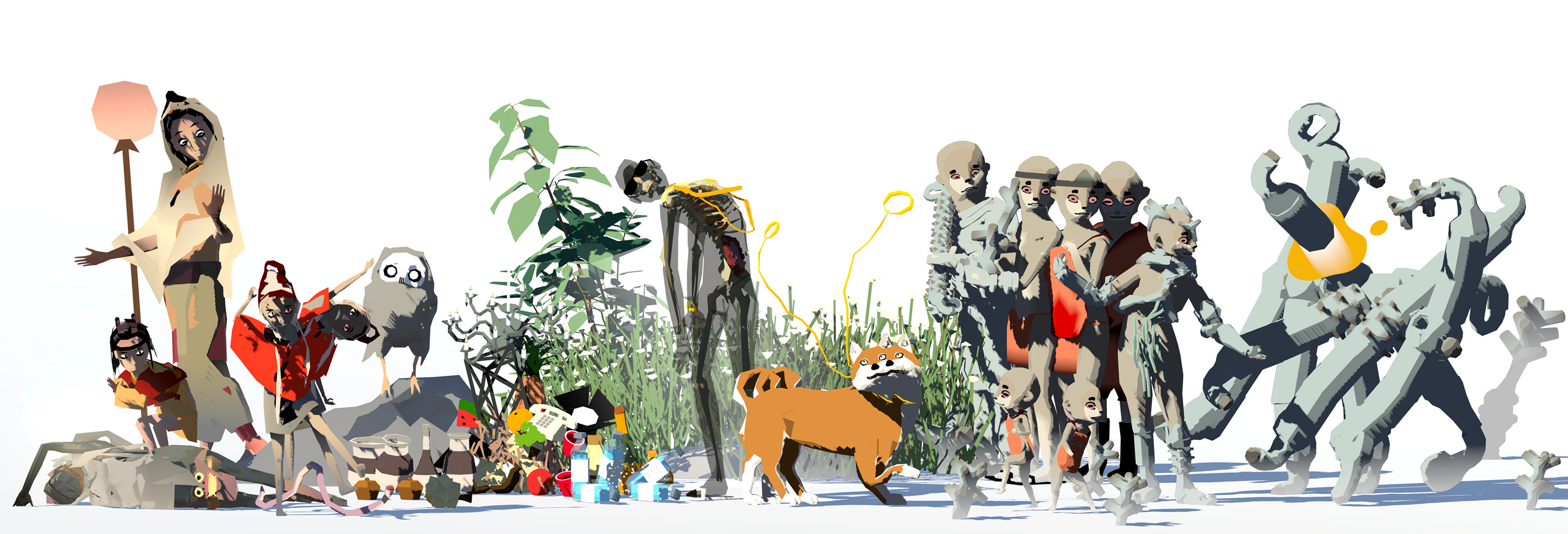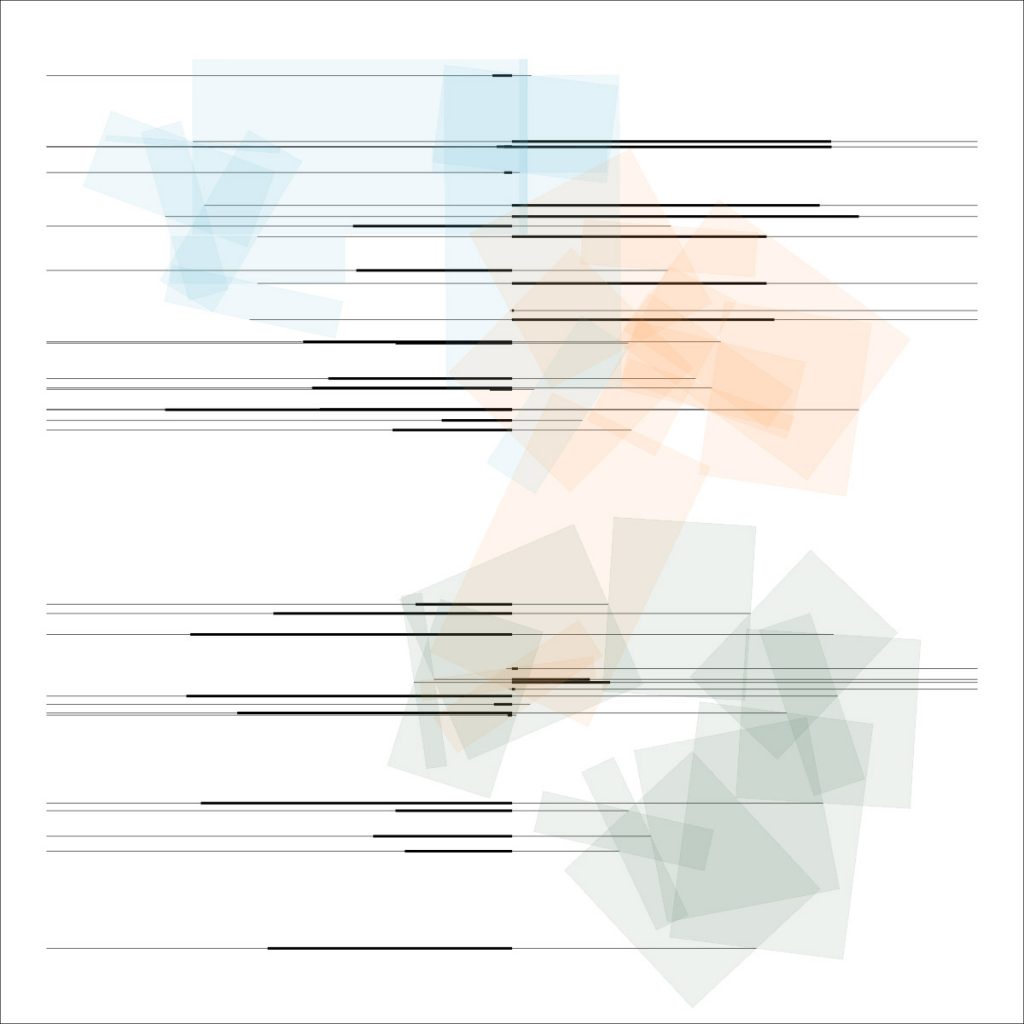variablefacevar faceWidth = 300;
var faceHeight = 320;
var eyeSize = 60;
var faceC = 180
var eyeC = 255
var pC = 0
var maskC = 200
var eyebC = 50
var hairC = 255
function setup() {
createCanvas(640, 480);
background(220);
}
function draw() {
var colorR = random(0, 255); //red
var colorG = random(0, 255); //green
var colorB = random(0, 255); //blue
background(colorR, colorG, colorB)
stroke(0)
strokeWeight(1)
fill(0,0,0)
rect(25, 25, 590, 430)
//hair back
fill(hairC)
noStroke()
ellipse(width / 2, height / 2, faceWidth + 150, faceHeight + 150)
//face
stroke(0)
fill(faceC)
strokeWeight(1)
ellipse(width / 2, height/ 2, faceWidth, faceHeight);
var eyeL = width / 2 - faceWidth * .25
var eyeR = width / 2 + faceWidth * .25
//hair front
fill(hairC)
noStroke()
ellipse(width / 2, height / 6, faceWidth/ 1.3, faceHeight / 3.1)
fill(eyeC)
stroke(0)
ellipse(eyeL, height / 2, eyeSize, eyeSize); //eyeLeft
ellipse(eyeR, height / 2, eyeSize, eyeSize); //eye Right
var eyeP = 30
fill(pC)
ellipse(eyeL + eyeSize / 8, height / 2 + eyeSize / 5, eyeP, eyeP); //pupil L
ellipse(eyeR + eyeSize / 8, height / 2 + eyeSize / 5, eyeP, eyeP); //pupil R
//mask string
noFill()
stroke(hairC)
strokeWeight(10)
ellipse(eyeL - 60, height / 1.4, faceWidth / 3, faceHeight / 3)
ellipse(eyeR + 50, height / 1.4, faceWidth / 3, faceHeight / 3)
//mask
fill(maskC)
strokeWeight(1)
rect(eyeL - 25, height/1.7, faceWidth / 1.5, faceHeight /3.5 ) //mask
fill(0)
line(eyeL - 25, height/1.7 + 10, eyeL - 25 + faceWidth / 1.5, height / 1.7 + 10 ) // mask lines
line(eyeL - 25, height/1.7 + 20, eyeL - 25 + faceWidth / 1.5, height / 1.7 + 20 )
line(eyeL - 25, height/1.7 + 30, eyeL - 25 + faceWidth / 1.5, height / 1.7 + 30 )
line(eyeL - 25, height/1.7 + 40, eyeL - 25 + faceWidth / 1.5, height / 1.7 + 40 )
line(eyeL - 25, height/1.7 + 50, eyeL - 25 + faceWidth / 1.5, height / 1.7 + 50 )
line(eyeL - 25, height/1.7 + 60, eyeL - 25 + faceWidth / 1.5, height / 1.7 + 60 )
line(eyeL - 25, height/1.7 + 70, eyeL - 25 + faceWidth / 1.5, height / 1.7 + 70 )
line(eyeL - 25, height/1.7 + 80, eyeL - 25 + faceWidth / 1.5, height / 1.7 + 80 )
//eyelash
stroke(0)
strokeWeight(5)
line(eyeL- eyeSize/ 2, height/2, eyeL - eyeSize / 2 - 20, height/2.1)
line(eyeR + eyeSize/ 2, height/2, eyeR + eyeSize / 2 + 20, height/2.1)
line(eyeL - eyeSize/2, height/2.1, eyeL - eyeSize / 2 - 20, height/2.2)
line(eyeR + eyeSize/2, height/2.1, eyeR + eyeSize / 2 + 20, height/2.2)
//eyebrow
noStroke()
fill(eyebC)
rect(eyeL - eyeSize / 2, height/3, eyeSize, eyeSize / 6)
rect(eyeR - eyeSize / 2, height/3, eyeSize, eyeSize / 6)
}
function mouseClicked(){
faceWidth = random(250, 450);
faceHeight = random(270, 470);
eyeSize = random(40, 80);
eyeP = random(20, 40);
faceC = color(random (0, 255), random(0, 255), random (0, 255))
maskC = color(random (0, 255), random(0, 255), random (0, 255))
eyeC = color(random (180, 255), random(180, 255), random (180, 255))
pC = color(random (0, 255), random(0, 255), random (0, 255))
eyebC = color(random (0, 255), random(0, 255), random (0, 255))
hairC = color(random (0, 150), random(0, 150), random (0, 150))
}
For this project I decided I wanted a face with the mask. As I started coding I chose to make a female face that would change colors and sizes. The hard part was getting the mask to align correctly with each face same goes for the top of the hair. I wanted my faces to look like a cartoon would during Covid.

![[OLD FALL 2020] 15-104 • Introduction to Computing for Creative Practice](../../../../wp-content/uploads/2021/09/stop-banner.png)





